10 Smart Ways To Help Your Cat Feel Less Lonely When You’re Away
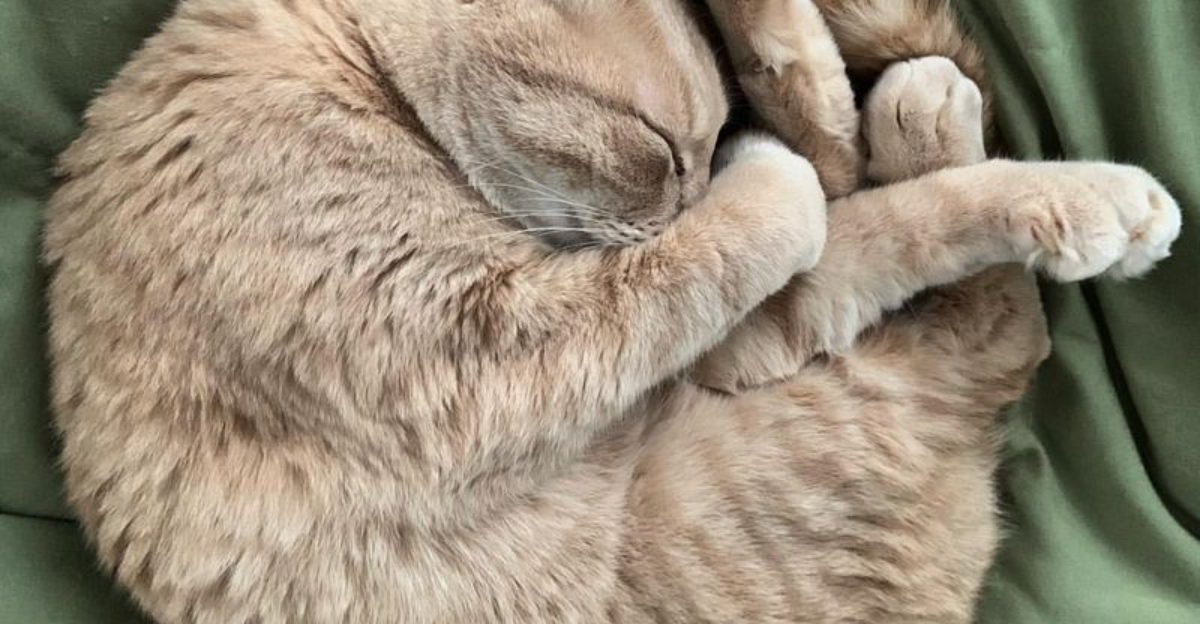
Separation anxiety in cats can be a challenging issue for many pet owners. While it is often associated with dogs, cats too can suffer from anxiety when left alone for extended periods.
Understanding and addressing this condition is essential for the well-being of your feline friend. Here, we explore the top eight strategies to help ease your cat’s separation anxiety.
1. Window Perches With A View
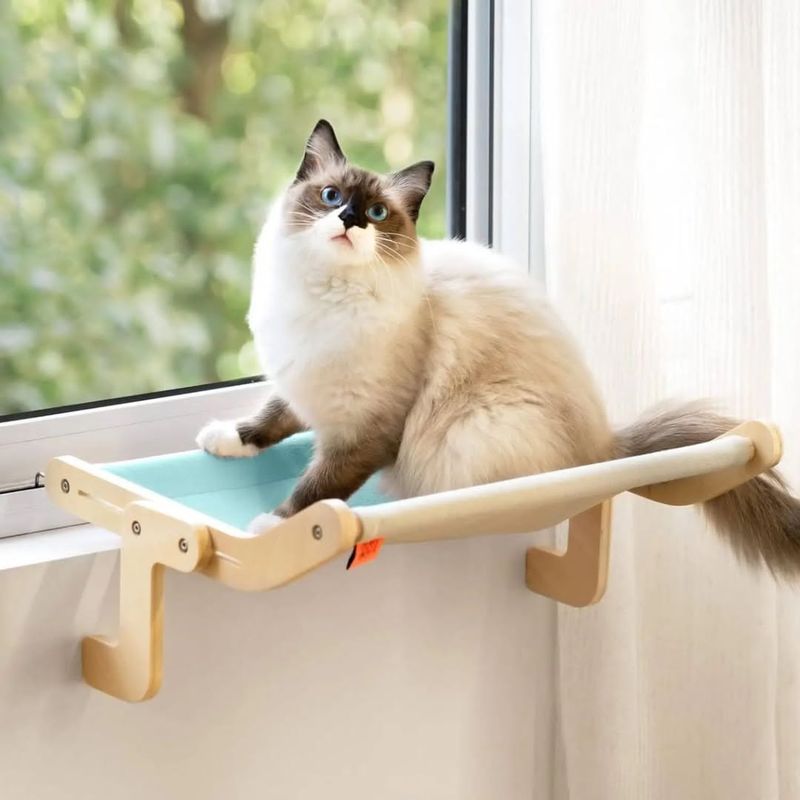
A sunny windowsill with a clear view of birds, squirrels, or passing people can offer hours of visual entertainment and help your cat feel more connected to the world.
2. Pet Cameras With Treat Dispensers
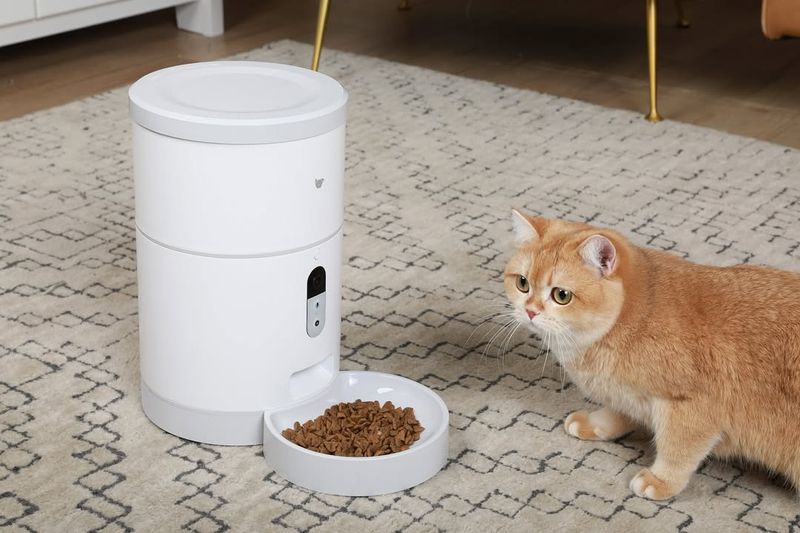
Modern tech allows you to check in and even talk to your cat while you’re away. Some cameras include treat dispensers so you can reward them for being calm and curious.
3. Create A Cozy Space
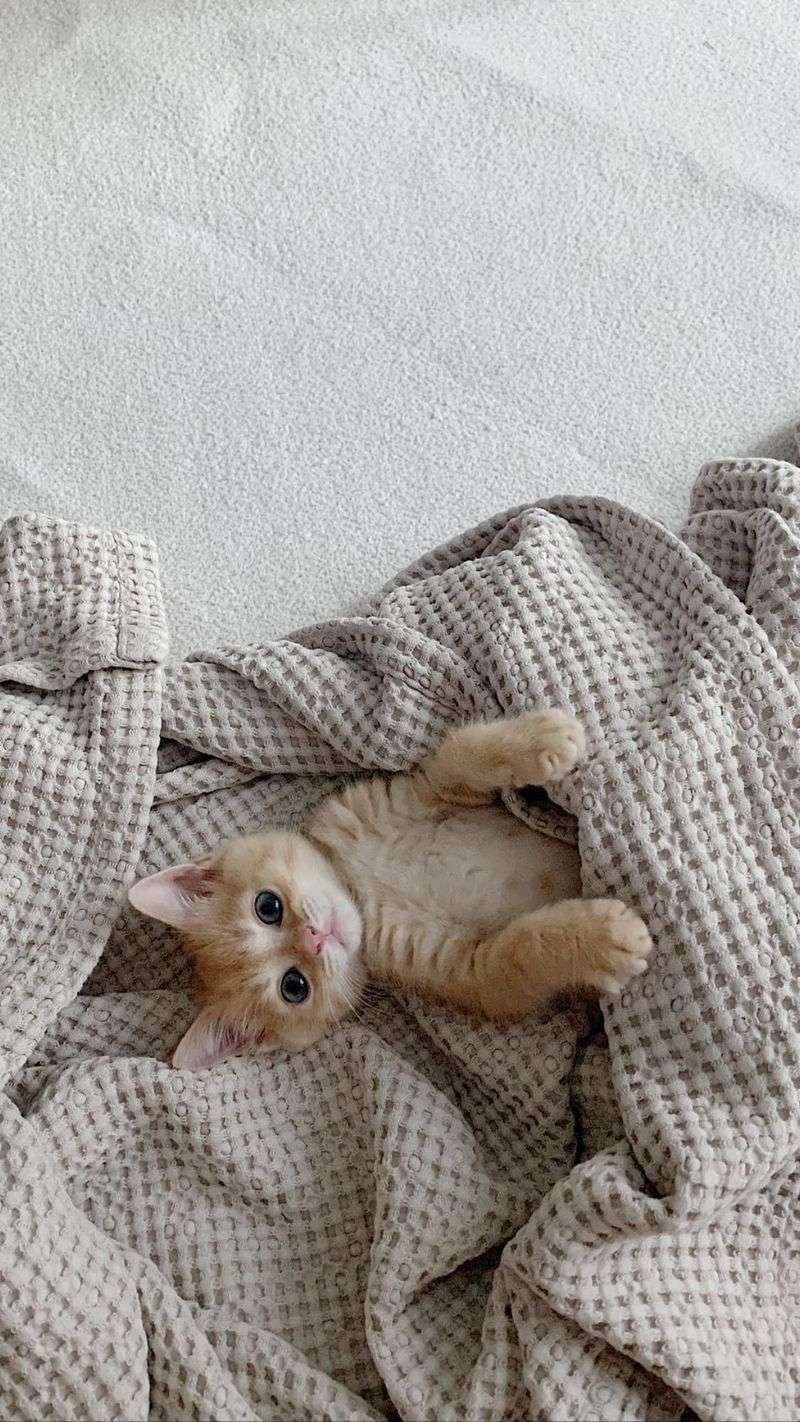
A designated cozy nook with their favorite blanket, bed, or perch gives your cat a sense of security. Familiar scents and a tucked-away spot can ease their anxiety while you’re gone.
4. Interactive Toys And Puzzles
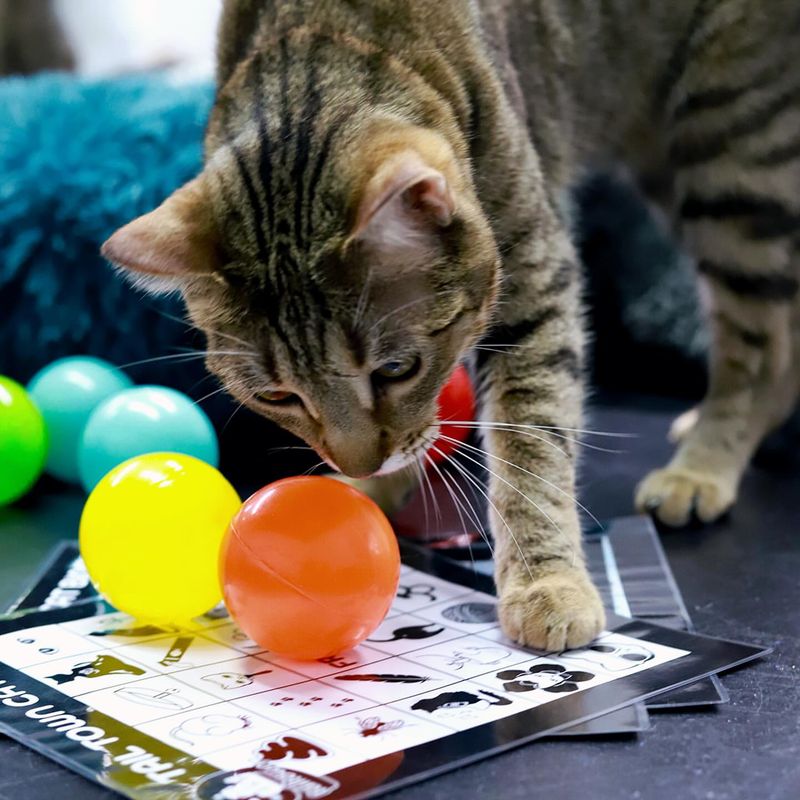
Toys that move, chirp, or dispense treats can keep your cat mentally stimulated. Puzzle feeders and battery-powered mice are great ways to engage their hunting instincts.
5. Consistent Routine
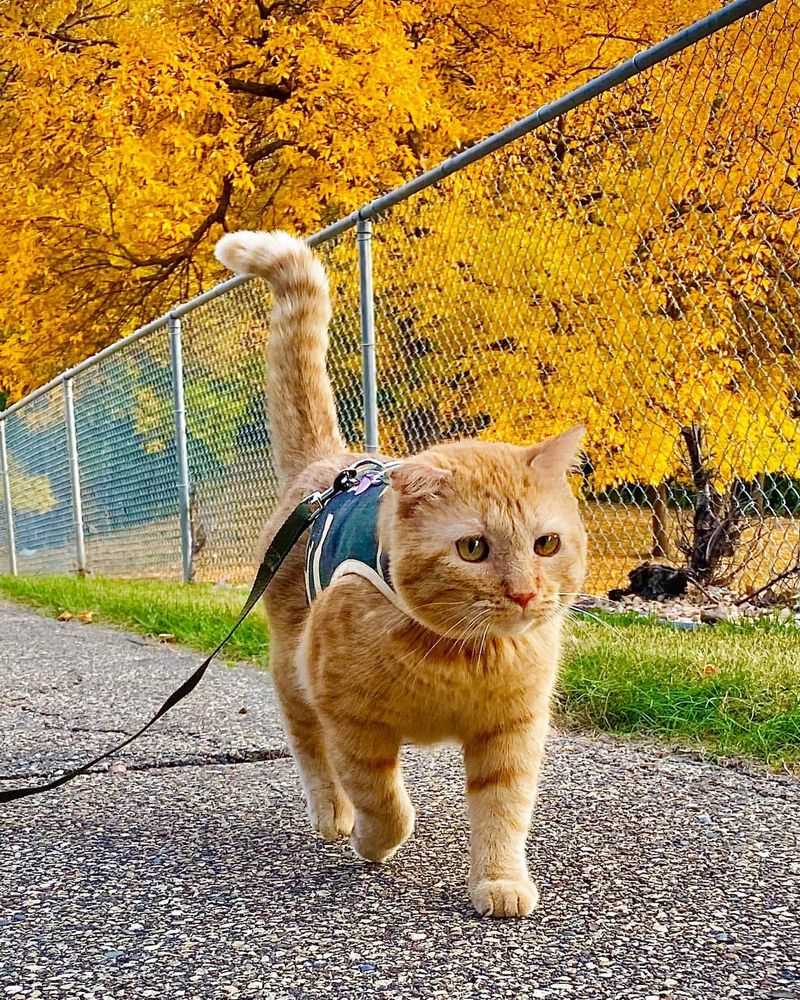
Cats thrive on predictability. Try to feed, play with, and leave around the same times each day. A consistent schedule helps reduce the stress of your absence.
6. Gradual Departures
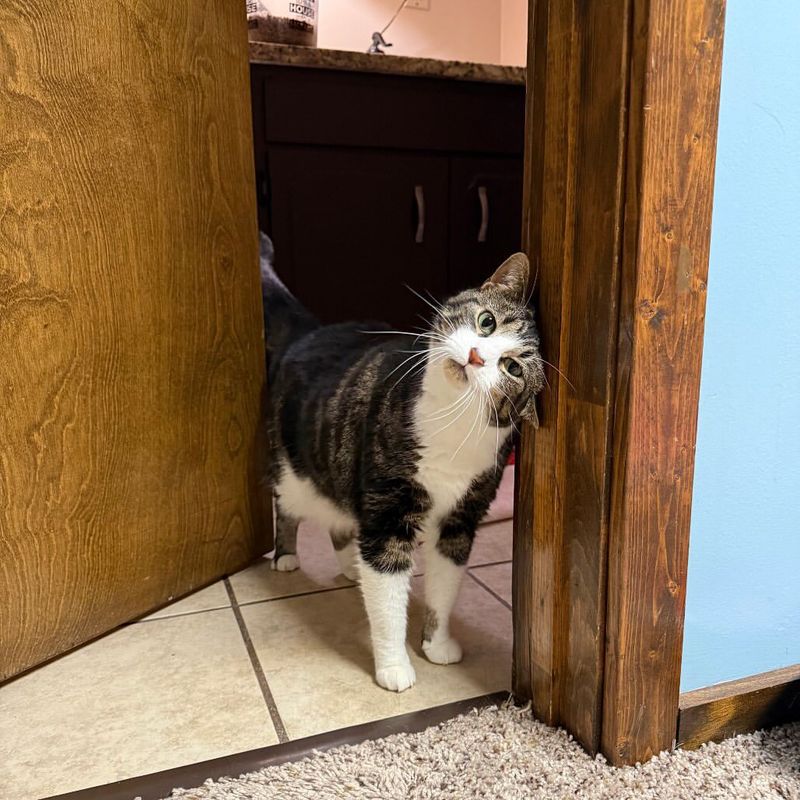
Instead of long, dramatic goodbyes, make your exits low-key. Practice short departures and slowly increase the time away to help your cat adjust more easily.
7. Comforting Sounds
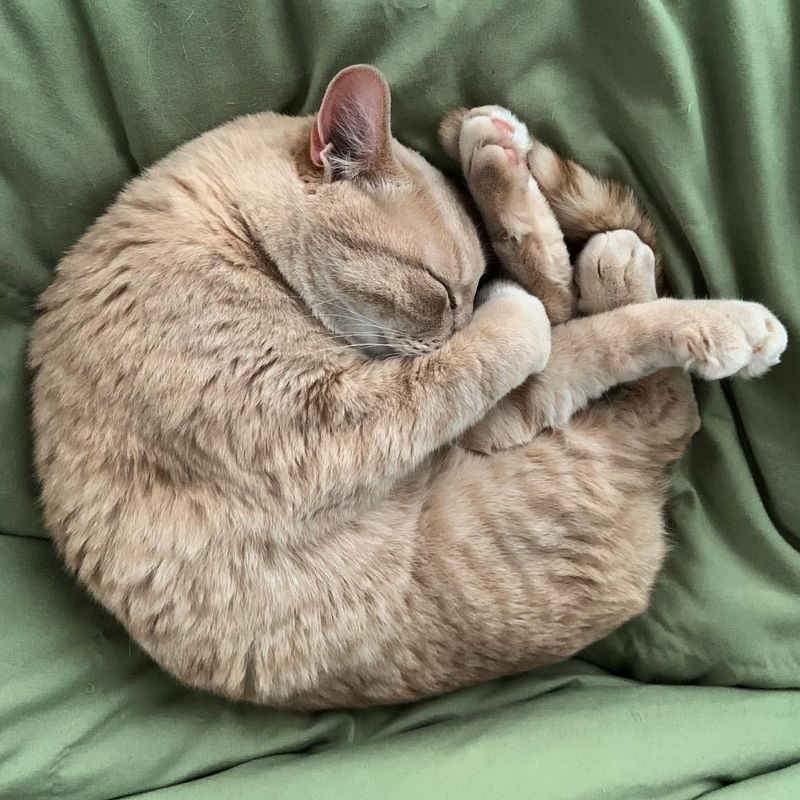
Soft classical music, nature sounds, or even a TV left on at low volume can make your home feel less empty. Many cats find comfort in gentle background noise.
8. Quality Time Together
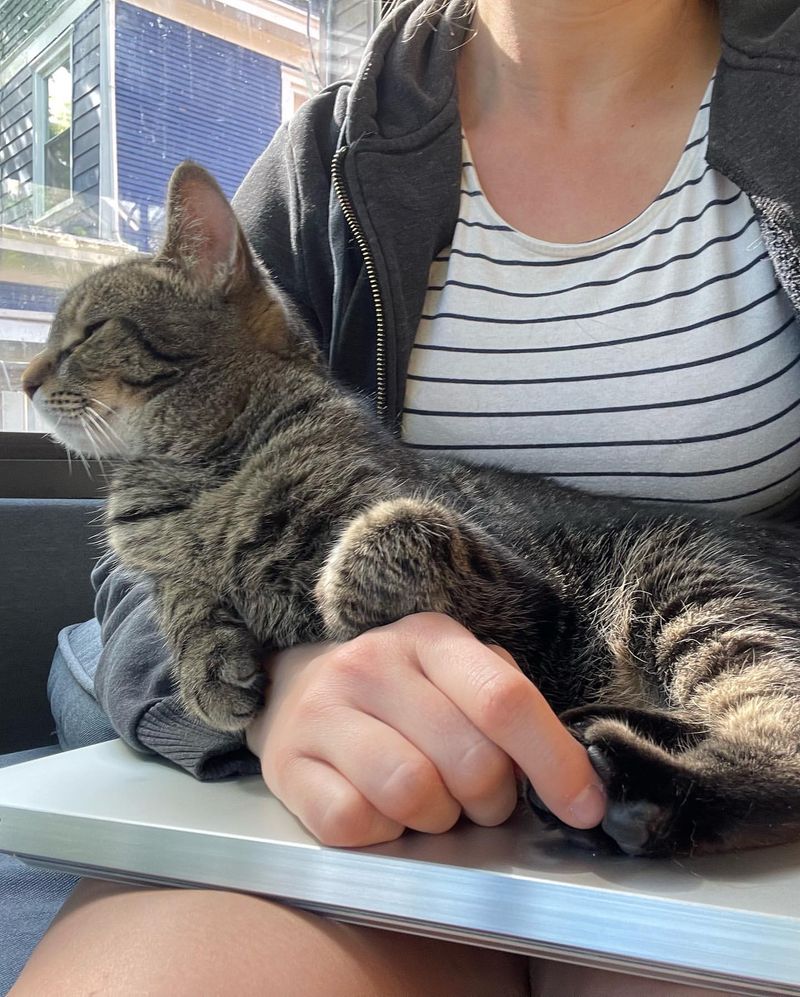
Spending focused time playing, grooming, or cuddling with your cat before you leave helps meet their emotional needs and creates a calming pre-departure ritual.
9. Calming Products
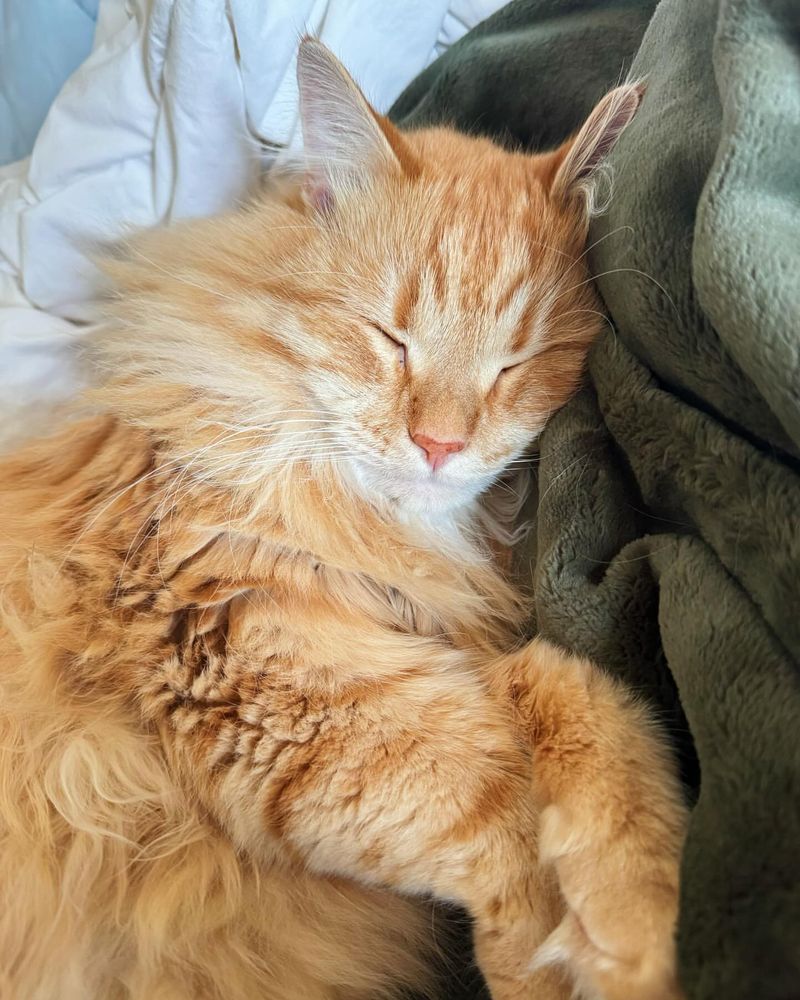
Feline pheromone diffusers or sprays can create a soothing environment. These products mimic natural calming scents and can reduce stress-related behaviors.
10. Professional Guidance
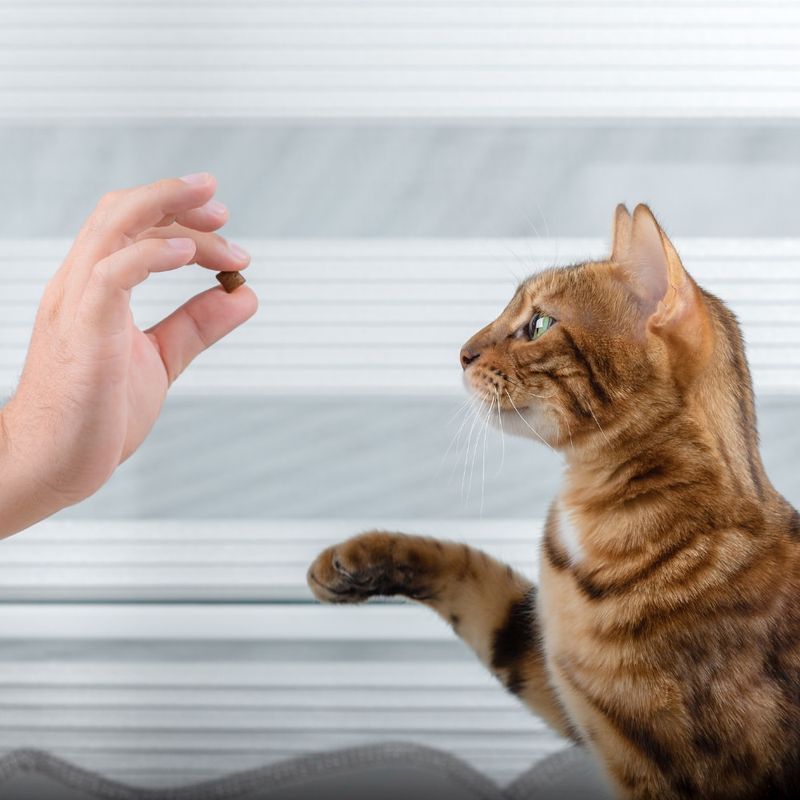
If your cat shows signs of severe anxiety, like excessive grooming or vocalization, consult a vet or feline behaviorist. They can offer tailored strategies—or even medical help.






